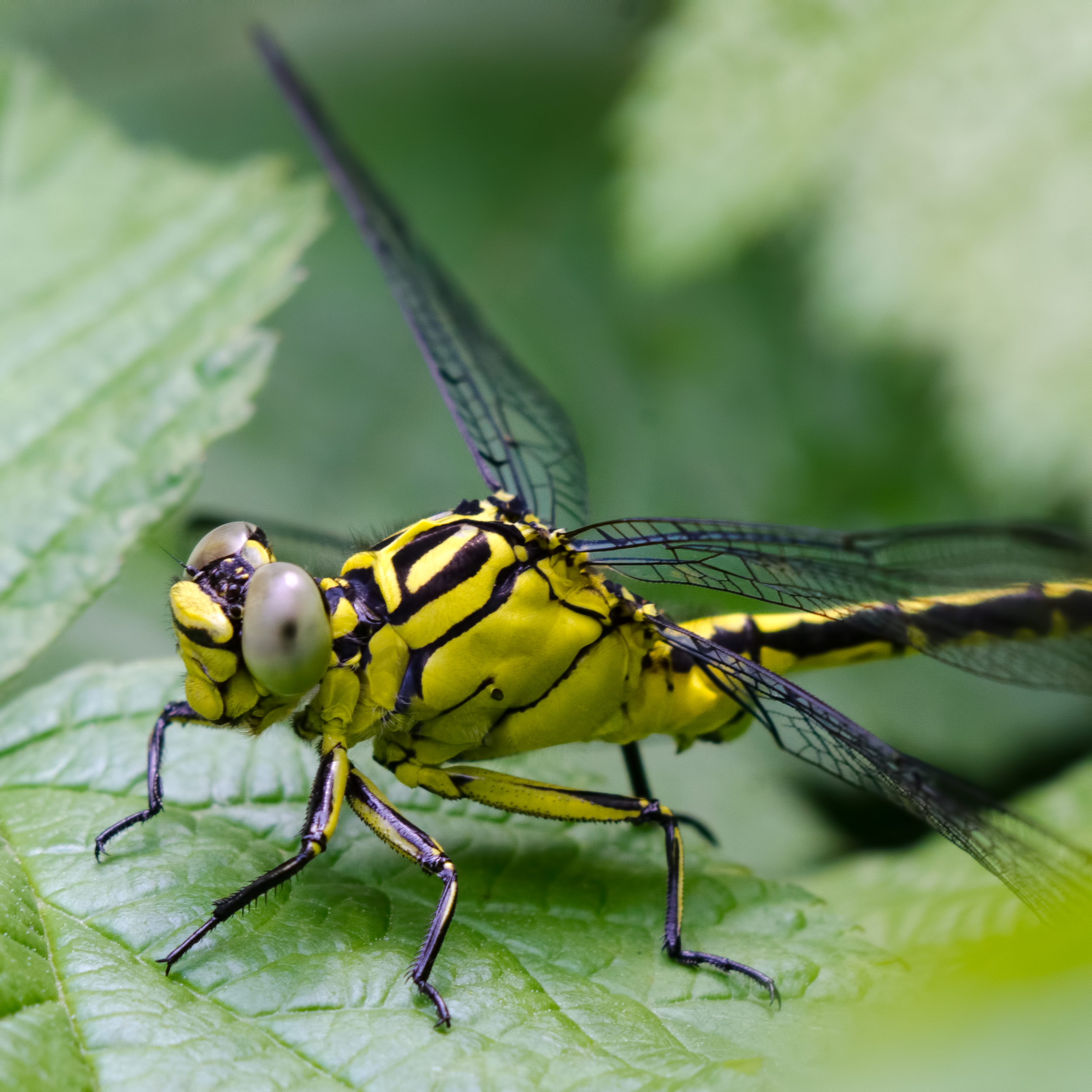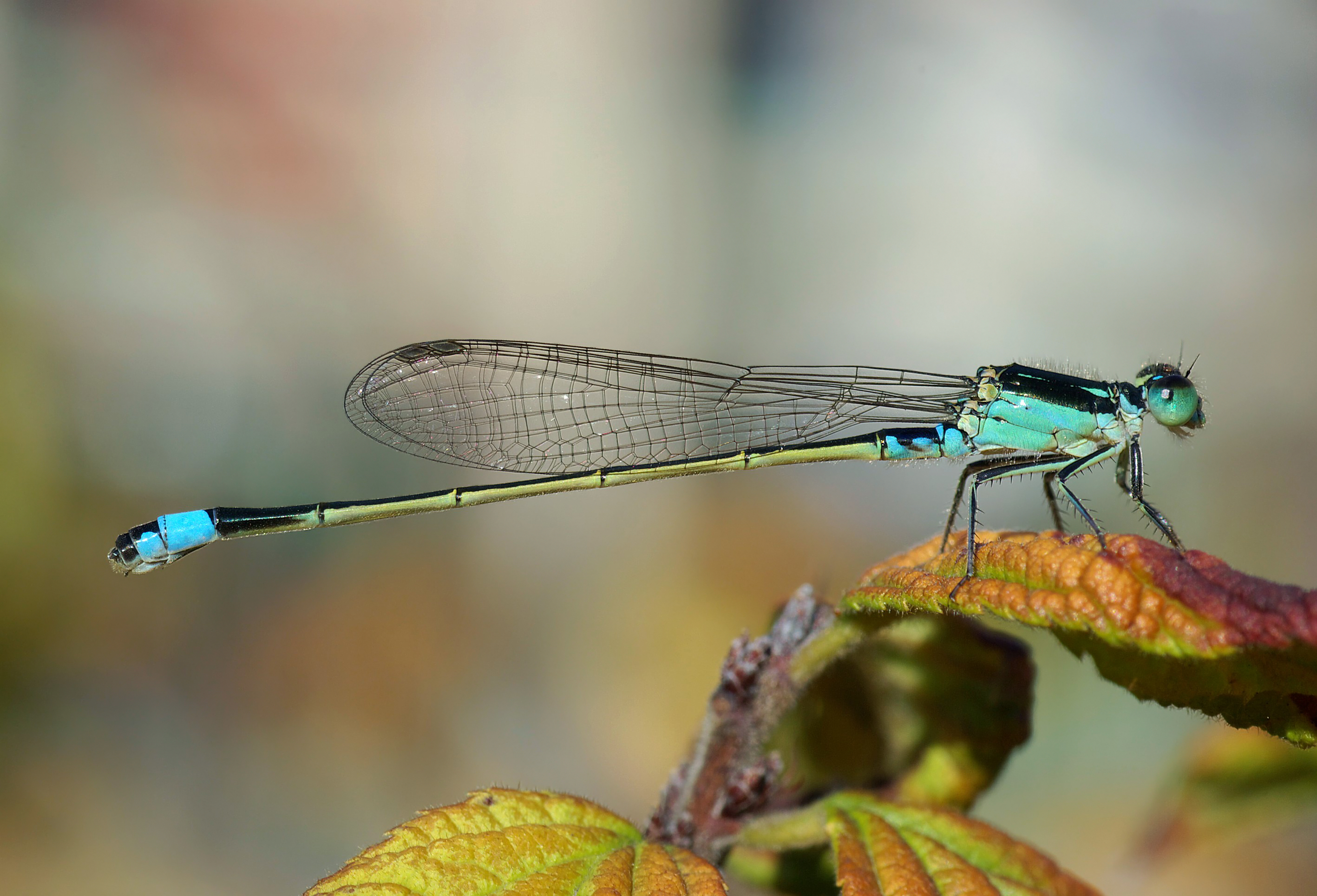|
Gomphus Pulchellus
''Gomphus pulchellus'', the western clubtail, is a species of dragonfly in the family Gomphidae. It is found in Western Europe, although absent in the British isles. Its natural habitat In ecology, the term habitat summarises the array of resources, physical and biotic factors that are present in an area, such as to support the survival and reproduction of a particular species. A species habitat can be seen as the physical ... are clean ponds and canals, clay and mud holes. The species is 47–50 mm long. It is the only Gomphidae that lacks the "club-shaped" abdomen, in spite of its name. As an adult, it is mainly pale olive-green with blue eyes. It emerges early in spring, can be seen as soon as the end of March in the South of France and flies until August depending on the location. File:Gomphus pulchellus male Weinsberg 20090608 1.jpg, Male File:Gomphus puchellus0805.jpg, Female, South of France File:Gomphus-pulchellus03 0905.jpg, In wheel, south of France ... [...More Info...] [...Related Items...] OR: [Wikipedia] [Google] [Baidu] |
Animal
Animals are multicellular, eukaryotic organisms in the Kingdom (biology), biological kingdom Animalia. With few exceptions, animals Heterotroph, consume organic material, Cellular respiration#Aerobic respiration, breathe oxygen, are Motility, able to move, can Sexual reproduction, reproduce sexually, and go through an ontogenetic stage in which their body consists of a hollow sphere of Cell (biology), cells, the blastula, during Embryogenesis, embryonic development. Over 1.5 million Extant taxon, living animal species have been Species description, described—of which around 1 million are Insecta, insects—but it has been estimated there are over 7 million animal species in total. Animals range in length from to . They have Ecology, complex interactions with each other and their environments, forming intricate food webs. The scientific study of animals is known as zoology. Most living animal species are in Bilateria, a clade whose members have a Symmetry in biology#Bilate ... [...More Info...] [...Related Items...] OR: [Wikipedia] [Google] [Baidu] |
Arthropod
Arthropods (, (gen. ποδός)) are invertebrate animals with an exoskeleton, a Segmentation (biology), segmented body, and paired jointed appendages. Arthropods form the phylum Arthropoda. They are distinguished by their jointed limbs and Arthropod cuticle, cuticle made of chitin, often Mineralization (biology), mineralised with calcium carbonate. The arthropod body plan consists of segments, each with a pair of appendages. Arthropods are bilaterally symmetrical and their body possesses an exoskeleton, external skeleton. In order to keep growing, they must go through stages of moulting, a process by which they shed their exoskeleton to reveal a new one. Some species have wings. They are an extremely diverse group, with up to 10 million species. The haemocoel, an arthropod's internal cavity, through which its haemolymph – analogue of blood – circulates, accommodates its interior Organ (anatomy), organs; it has an open circulatory system. Like their exteriors, the internal or ... [...More Info...] [...Related Items...] OR: [Wikipedia] [Google] [Baidu] |
Insect
Insects (from Latin ') are pancrustacean hexapod invertebrates of the class Insecta. They are the largest group within the arthropod phylum. Insects have a chitinous exoskeleton, a three-part body ( head, thorax and abdomen), three pairs of jointed legs, compound eyes and one pair of antennae. Their blood is not totally contained in vessels; some circulates in an open cavity known as the haemocoel. Insects are the most diverse group of animals; they include more than a million described species and represent more than half of all known living organisms. The total number of extant species is estimated at between six and ten million; In: potentially over 90% of the animal life forms on Earth are insects. Insects may be found in nearly all environments, although only a small number of species reside in the oceans, which are dominated by another arthropod group, crustaceans, which recent research has indicated insects are nested within. Nearly all insects hatch from eggs. ... [...More Info...] [...Related Items...] OR: [Wikipedia] [Google] [Baidu] |
Odonata
Odonata is an order of flying insects that includes the dragonflies and damselflies. Members of the group first appeared during the Triassic, though members of their total group, Odonatoptera, first appeared in Late Carboniferous. The two common groups are distinguished with dragonflies, placed in the suborder Epiprocta, usually being larger, with eyes together and wings up or out at rest, while damselflies, suborder Zygoptera, are usually smaller with eyes placed apart and wings along body at rest. All Odonata have aquatic larvae called naiads (nymphs), and all of them, larvae and adults, are carnivorous. The adults can land, but rarely walk. Their legs are specialised for catching prey. They are almost entirely insectivorous. Etymology and terminology Fabricius coined the term ''Odonata'' in 1793 from the Ancient Greek ( Ionic form of ) 'tooth'. One hypothesis is that it was because their maxillae are notably toothed. Most insects also have toothed mandibles. The wo ... [...More Info...] [...Related Items...] OR: [Wikipedia] [Google] [Baidu] |
Gomphidae
The Gomphidae are a family of dragonflies commonly referred to as clubtails or club-tailed dragonflies. The family contains about 90 genera and 900 species found across North and South America, Europe, Asia, and Australia. The name refers to the club-like widening of the end of the abdomen (abdominal segments 7 through 9). However, this club is usually less pronounced in females and is entirely absent in some species. Etymology The name may be derived from Latin ''gomphus'' or ''gond'' meaning "hinge". Characteristics Clubtails have small, widely separated compound eyes, a trait they share with the Petaluridae and with damselflies. The eyes are blue, turquoise, or green. The thorax in most species is pale with dark stripes, and the pattern of the stripes is often diagnostic. They lack the bright metallic colors of many dragonfly groups and are mostly cryptically colored to avoid detection and little difference between the sexes is seen. Adults are usually from in length; there ... [...More Info...] [...Related Items...] OR: [Wikipedia] [Google] [Baidu] |
Gomphus (dragonfly)
''Gomphus'' is a genus of clubtail dragonflies in the family Gomphidae. As a result of phylogenetic studies, ''Gomphus'' subgenera ''Gomphurus'', ''Hylogomphus'', ''Phanogomphus'', and ''Stenogomphurus'' were elevated in rank to genus in 2017. With the removal of their member species, ''Gomphus'' ended up with 11 of its previous 54 species, none of which are found in the Western Hemisphere. Species These 11 species belong to the genus ''Gomphus'': These species formerly belonged to the genus ''Gomphus'': * ''Gomphurus crassus'' (Hagen in Selys, 1878) (handsome clubtail) * ''Gomphurus dilatatus'' (Rambur, 1842) (blackwater clubtail) * ''Gomphurus externus'' (Hagen in Selys, 1858) (plains clubtail) * ''Gomphurus fraternus'' (Say, 1840) (midland clubtail) * ''Gomphurus gonzalezi'' (Dunkle, 1992) (tamaulipan clubtail) * ''Gomphurus hybridus'' (Williamson, 1902) (cocoa clubtail) * ''Gomphurus lineatifrons'' (Calvert, 1921) (splendid clubtail) * ''Gomphurus lynnae'' (Paulson, ... [...More Info...] [...Related Items...] OR: [Wikipedia] [Google] [Baidu] |
Edmond De Sélys Longchamps
Baron Michel Edmond de Selys Longchamps (25 May 1813 – 11 December 1900) was a Belgian Liberal Party politician and scientist. Selys Longchamps has been regarded as the founding figure of odonatology, the study of the dragonflies and damselflies. His wealth and influence enabled him to amass one of the finest collections of neuropteroid insects and to describe many species from around the world. His collection is housed in the Royal Belgian Institute of Natural Sciences. Biography Selys was a wealthy aristocrat born in Paris to Michel Laurent de Selys Longchamps and Marie-Denise Gandolphe. He was educated at home by private tutors and never attended school or university. Nevertheless, he became known as the world's leading authority on Odonata as well as an expert on Neuroptera and European Orthoptera. He was also a leading ornithologist. A Liberal Party representative in the Belgian Parliament, he became Councillor for Waremme in 1846, entered the Belgian Senate in 1855, a ... [...More Info...] [...Related Items...] OR: [Wikipedia] [Google] [Baidu] |
Dragonfly
A dragonfly is a flying insect belonging to the infraorder Anisoptera below the order Odonata. About 3,000 extant species of true dragonfly are known. Most are tropical, with fewer species in temperate regions. Loss of wetland habitat threatens dragonfly populations around the world. Adult dragonflies are characterized by a pair of large, multifaceted compound eyes, two pairs of strong, transparent wings, sometimes with coloured patches, and an elongated body. Many dragonflies have brilliant iridescent or metallic colours produced by structural colouration, making them conspicuous in flight. An adult dragonfly's compound eyes have nearly 24,000 ommatidia each. Dragonflies can be mistaken for the closely related damselflies, which make up the other odonatan infraorder ( Zygoptera) and are similar in body plan though usually lighter in build; however, the wings of most dragonflies are held flat and away from the body, while damselflies hold their wings folded at rest, along or ... [...More Info...] [...Related Items...] OR: [Wikipedia] [Google] [Baidu] |
Europe
Europe is a large peninsula conventionally considered a continent in its own right because of its great physical size and the weight of its history and traditions. Europe is also considered a Continent#Subcontinents, subcontinent of Eurasia and it is located entirely in the Northern Hemisphere and mostly in the Eastern Hemisphere. Comprising the westernmost peninsulas of Eurasia, it shares the continental landmass of Afro-Eurasia with both Africa and Asia. It is bordered by the Arctic Ocean to the north, the Atlantic Ocean to the west, the Mediterranean Sea to the south and Asia to the east. Europe is commonly considered to be Boundaries between the continents of Earth#Asia and Europe, separated from Asia by the drainage divide, watershed of the Ural Mountains, the Ural (river), Ural River, the Caspian Sea, the Greater Caucasus, the Black Sea and the waterways of the Turkish Straits. "Europe" (pp. 68–69); "Asia" (pp. 90–91): "A commonly accepted division between Asia and E ... [...More Info...] [...Related Items...] OR: [Wikipedia] [Google] [Baidu] |
Habitat
In ecology, the term habitat summarises the array of resources, physical and biotic factors that are present in an area, such as to support the survival and reproduction of a particular species. A species habitat can be seen as the physical manifestation of its ecological niche. Thus "habitat" is a species-specific term, fundamentally different from concepts such as environment or vegetation assemblages, for which the term "habitat-type" is more appropriate. The physical factors may include (for example): soil, moisture, range of temperature, and light intensity. Biotic factors will include the availability of food and the presence or absence of predators. Every species has particular habitat requirements, with habitat generalist species able to thrive in a wide array of environmental conditions while habitat specialist species requiring a very limited set of factors to survive. The habitat of a species is not necessarily found in a geographical area, it can be the interior ... [...More Info...] [...Related Items...] OR: [Wikipedia] [Google] [Baidu] |
Dragonflies Of Europe
A dragonfly is a flying insect belonging to the infraorder Anisoptera below the order Odonata. About 3,000 extant species of true dragonfly are known. Most are tropical, with fewer species in temperate regions. Loss of wetland habitat threatens dragonfly populations around the world. Adult dragonflies are characterized by a pair of large, multifaceted compound eyes, two pairs of strong, transparent wings, sometimes with coloured patches, and an elongated body. Many dragonflies have brilliant iridescent or metallic colours produced by structural colouration, making them conspicuous in flight. An adult dragonfly's compound eyes have nearly 24,000 ommatidia each. Dragonflies can be mistaken for the closely related damselflies, which make up the other odonatan infraorder ( Zygoptera) and are similar in body plan though usually lighter in build; however, the wings of most dragonflies are held flat and away from the body, while damselflies hold their wings folded at rest, along or a ... [...More Info...] [...Related Items...] OR: [Wikipedia] [Google] [Baidu] |






